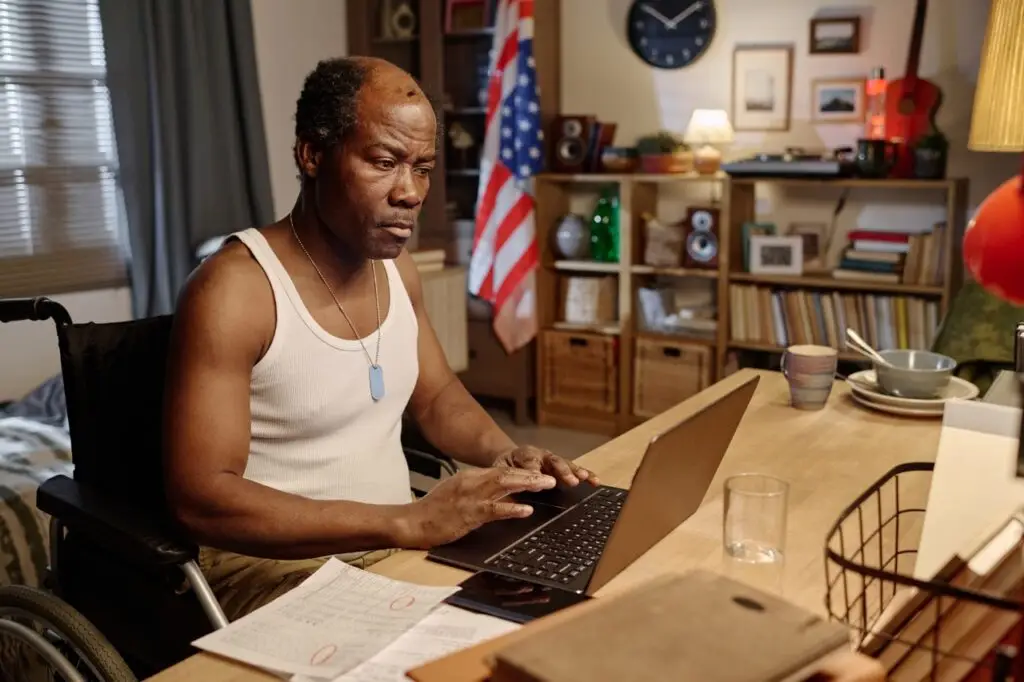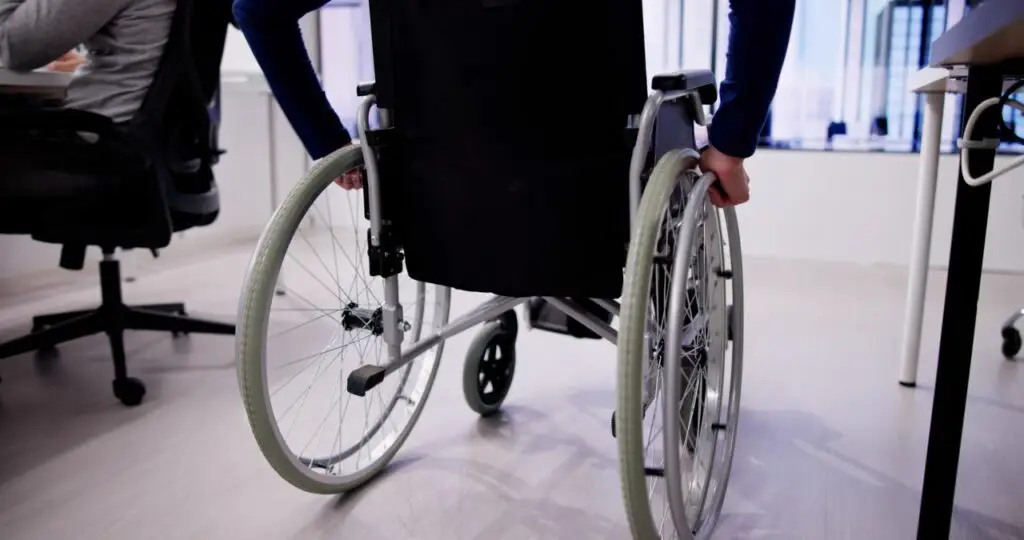
We’re celebrating the 35th Anniversary of the Americans with Disabilities Act this year! With recent changes to the Americans with Disabilities Act, and the loss of DEI (Diversity, Equity, and Inclusion) initiatives that have the potential to disrupt accessibility, a child’s right to free public education, and hiring, it’s important to know this law. This issue offers background on the ADA, what it means, and the importance of self and systems advocacy.
The Americans with Disabilities Act
The ADA is a civil rights law that prohibits discrimination against individuals with disabilities in many areas of public life, including jobs, schools, transportation, and public and private places open to the public. The purpose of the law is to ensure sure people with disabilities have the same rights and opportunities as everyone else.
While the ADA is a single law, it is broken into five titles, each with its own specific requirements and regulations.
- Title I (Employment): Equal Employment Opportunity for Individuals with Disabilities
- Title II (State and Local Government): Nondiscrimination on the Basis of Disability in State and Local Government Services
- Title III (Public Accommodations): Nondiscrimination on the Basis of Disability by Public Accommodations and in Commercial Facilities
- Title IV (Telecommunications): Interstate and intrastate telecommunications relay services.
- Title V (Miscellaneous Provisions): covers enforcement regulations, a list of certain conditions that are not to be considered as disabilities, and prohibition against retaliation and coercion, among other things.
The Impact of the ADA
With improvements extending far beyond the disability community, the ADA has benefited all of us in numerous ways, including improved accessibility with ramps and curb cuts and increased convenience by having more elevators everywhere, which also makes it easier for those managing grocery bags, strollers, mobility devices, and luggage. The concept of universal design which advocates for creating environments and products that are usable by everyone, regardless of age, size, ability, or disability, which means more functional and user-friendly spaces for all.
The impact of the ADA has enabled millions of Americans with disabilities to pursue their educational, professional, and personal goals with fewer obstacles, leading to their increased participation in society; employers are required to provide reasonable accommodations to employees with disabilities which means more people work. And more people have access to state and local government services, public transit, and businesses open to the public, such as healthcare facilities, stores, and restaurants.
The Americans with Disabilities Act has revolutionized accessibility and fostered a more inclusive society, which is critical for promoting equality and ensuring that all individuals have the opportunity to participate fully in society.
Advocacy is Everything
In the early 1970s, teenagers with disabilities faced a future shaped by isolation, discrimination, and institutionalization. Camp Jened, which was established as a camp for people with disabilities, became the starting point of a revolution. A ramshackle camp for teenagers with disabilities, Camp Jened allowed them to try new sports, make new friends, and even swear and make out. The bonds that were created there endured, as many migrated West to Berkeley, California — the birthplace hotbed of activism where that group of friends from Camp Jened realized that disruption, civil disobedience, and political participation could change the future for millions.

One of the kids at Camp Jened was Judy Heumann, a lifelong disability rights advocate. Denied public education because of her wheelchair, Judy’s mother’s tireless efforts over half a decade made it happen, and Judy went to public school. Denied a teaching license because of her wheelchair, she went on to become the “Mother of the Disability Movement,” improving accessibility and opportunities for the estimated 56 million people in the United States and one billion people around the world with disabilities.
Their experiences at camp empowered the campers and they wanted autonomy and self-determination to represent their interests in a responsible manner. They became stronger and more confident self-advocates. And their self-advocacy turned into systems advocacy that ensured access to care, appropriately represented the needs of the disability community in the policymaking process and safeguarded people’s rights.
Crip Camp had its world premiere at the Sundance Film Festival where it won the Audience Award, and it was nominated for an Academy Award for Best Documentary Feature. Next time you get a chance, you should watch it.
Disability Rights at Trial
Several landmark court cases have shaped disability rights in the United States. These cases, often involving the Americans with Disabilities Act (ADA) and other legislation, have addressed issues like access to education, employment, and community living. Some prominent examples include:
- PARC v. Pennsylvania (1971) and Mills v. Board of Education of District of Columbia (1972): These cases laid the foundation for the right to education for students with disabilities and were instrumental in the passage of the Education for All Handicapped Children Act (now known as the Individuals with Disabilities Education Act or IDEA).
- Youngberg v. Romeo (1982): This case focused on the rights of individuals with intellectual disabilities who were involuntarily committed to state institutions. The Supreme Court ruled that individuals with intellectual disabilities have a right to adequate habilitation, freedom from bodily restraint, and safety.
- Bragdon v. Abbott (1998): This ruling established that individuals with HIV are protected by the ADA and cannot be discriminated against in public accommodations.
- Olmstead v. L.C. (1999): This Supreme Court case focused on the right to community-based care for individuals with disabilities. The Court ruled that unjustified segregation of people with disabilities in institutions is a form of discrimination under the ADA. This ruling has had a profound impact on the deinstitutionalization movement and the expansion of community-based support services for people with disabilities.
- PGA Tour, Inc. v. Casey Martin (2001): This case addressed the application of the ADA to professional sports. Casey Martin, a professional golfer with a disability, sought to use a cart during PGA Tour events as a reasonable accommodation. The Supreme Court ruled that allowing Martin to use a cart would not fundamentally alter the nature of the game of golf.
These are just a few examples of the many important court cases that have shaped disability law in the United States. They demonstrate the ongoing efforts to ensure that individuals with disabilities have equal access and opportunities in all aspects of life.



